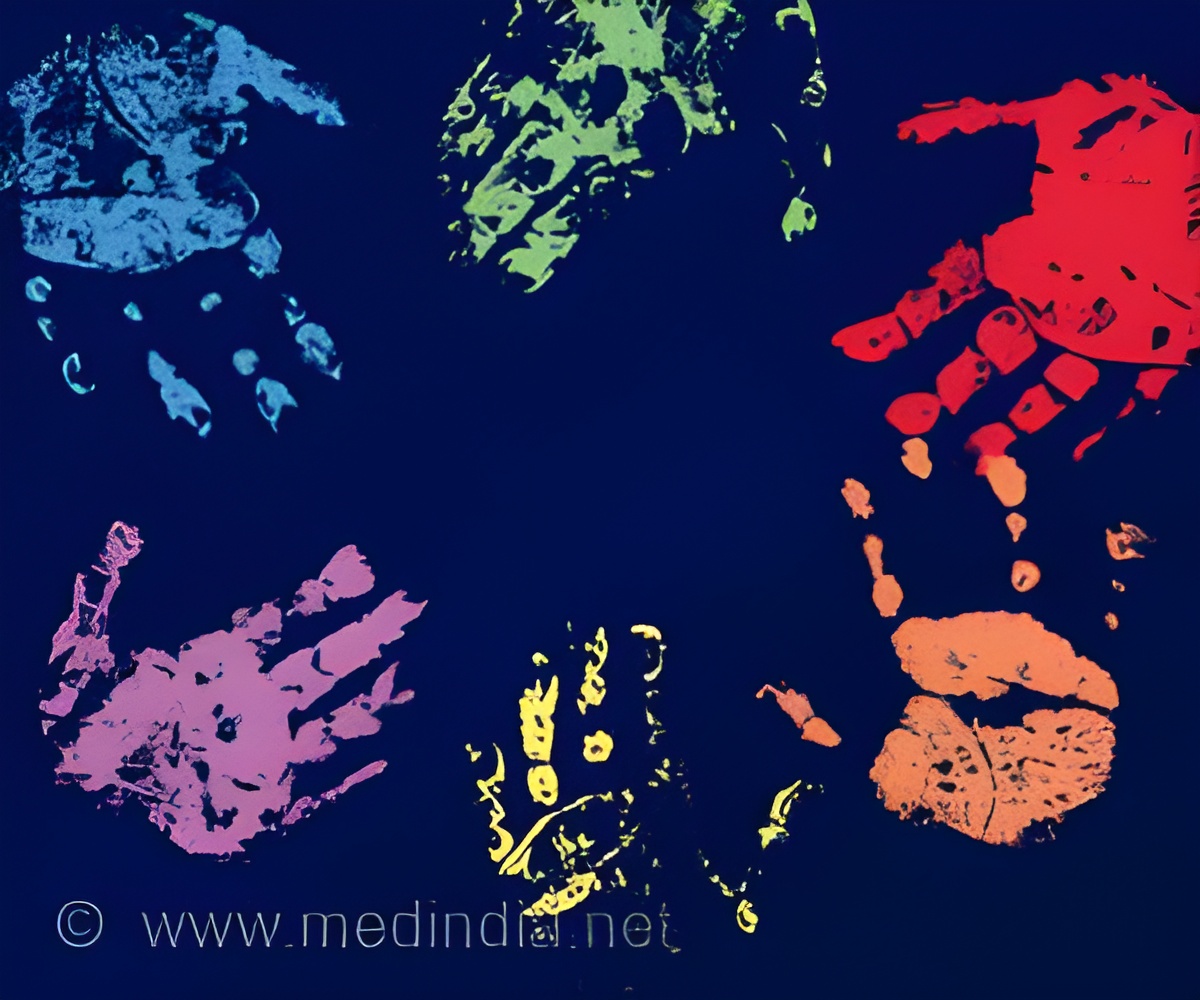
‘Autism diagnosis in infants (9 months of age) at a later stage is associated with an unusual visual examination of objects by them.’
Tweet it Now
About 1 in 54 children in the U.S. has been identified with ASD. Almost one in five younger siblings of autistic children is at an elevated risk of getting an autism diagnosis. The present study looked at 89 infants whose older siblings have ASD (High-Risk group) and 58 infants with siblings with typical development (Low-Risk group). Visual inspection, repetitive behavior, and social engagement were evaluated in these children with autism.
Some of the unusual visual inspections are referred to as
- looking out of the corners of the eyes,
- holding an object up very close to the face,
- looking at something with one eye closed, or
- staring at an object uninterrupted for more than 10 seconds.
“The findings support major theories of autism which hypothesize that infants’ over-focus on objects might be at the expense of their interest in people. Ultimately, this study suggests that unusual visual inspection of objects may precede the development of the social symptoms characteristic of ASD,” says Meghan Miller, associate professor in the Department of Psychiatry and Behavioral Sciences and UC Davis MIND Institute and the first author on the study.
Advertisement












